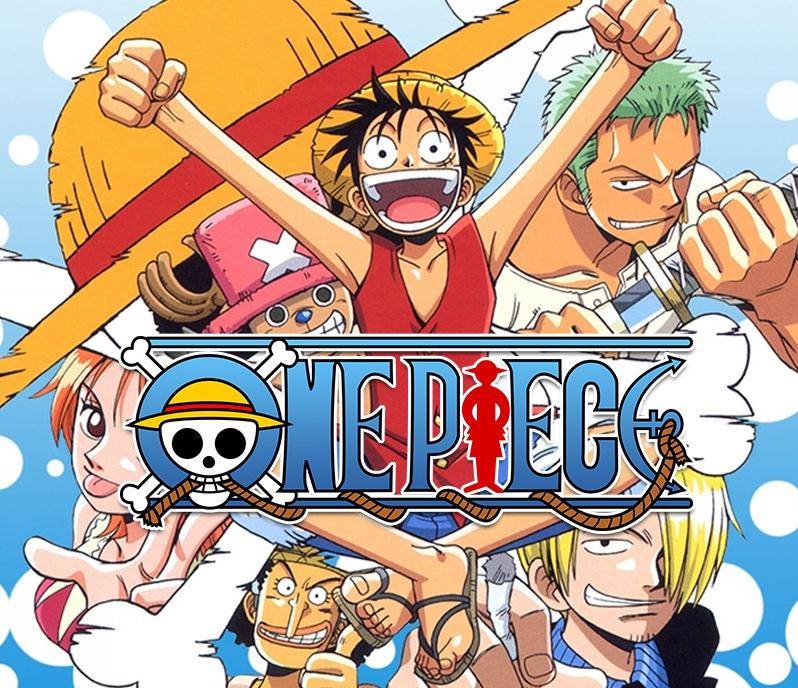Final Fantasy 10/X - Final Fantasy
Final Fantasy X (10) is the tenth installment in Square's (later Square Enix's ) flagship Final Fantasy series. It is an RPG-style game released for the Sony PlayStation 2 in 2003 and remastered and re-released as Final Fantasy X/X-2 HD Remaster for PlayStation 3 and PlayStation Vita in 2013, for PlayStation 4 in 2015, Microsoft Windows in 2016, and for Nintendo Switch and Xbox One in 2019. The game introduced a new conditional turn-based battle system as well as a new experience system called the "Sphere Grid." It was released to critical acclaim and featured groundbreaking changes never before seen in the Final Fantasy series.
Final Fantasy X Synopsis
The game follows Tidus , a native of Zanarkand and a talented BlitzBall player who awakens in the land of Spira after his homeland is destroyed by a rampaging monster named Sin, a gargantuan whale-like beast created during the Machina War between Bevelle and Zanarkand that took place a thousand years ago. Tidus joins a summoner named Yuna in his quest to destroy Sin. Spira consists of a large landmass followed by several islands with varying climates. Humans and a variety of other races populate the island, including the Al Bhed, Guado, Hypello, Ronso, and others.
Gameplay
In Final Fantasy X (10), the world map concept was not used. Players travel around a 3D world and participate in random battles, but the game's traditional experience system is replaced by the "sphere grid" system. In this system, characters earn "sphere levels" by collecting enough ability points (AP). Sphere levels allow players to navigate the sphere grid, a grid of interconnected nodes composed of stat- and ability-based bonuses. "Spheres" are applied to nodes, unlocking them. The sphere grid system provides character customization and the ability to modify them from their intended combat roles. For example, transforming the white mage Yuna into a healer, etc.
Additionally, Final Fantasy X introduces a new battle system called the Conditional Turn Based Battle System (CTB). This game separates from the Active Time Battle (ATB) system used in the series since Final Fantasy IV . CTB is a turn-based battle system in which the action pauses to allow the player to decide their action from a number of categories (attack, skill, special). A timeline in the top right corner of the screen displays the characters' turn order, which can be affected by a number of spells, items, and abilities. The game uses an overdrive gauge similar to the Limit Break gauge in Final Fantasy VII, whereby damage taken fills the overdrive bar, and once full, a powerful special attack can be performed. Later in the game, the conditions that fill the overdrive bar can be changed. This allows attacking an enemy, healing allies, or dodging attacks to fill the gauge bar.
Characters
- Tide - Zanarkand, a blitzball player, wakes up on the island of Spira. He is unaware of most things, but joins Yuna in her quest against Sin.
- Yuna - A summoner determined to defeat Sin
- Auron - A strange man who watches over Tidus and Yuna. He is considered a legendary guardian because he accompanied Lord Braska on his pilgrimage ten years ago.
- Kimahri – One of Yuna's guardians and a member of the Ronso tribe. Outcast from his tribe, he wishes to protect Yuna.
- Wakka - Yuna of Besaid's childhood friend. Captain of the notoriously poor Besaid Aurochs blitzball team, he retires from the sport to join Yuna on her pilgrimage.
- Lulu - Another childhood friend of Yuna of Besaid. A dark mage with knowledge of Spira and a valuable asset, aiding many summoners on their pilgrimages.
- Rikku - A girl from Al Bhed, and the first person Tidus meets in Spira. Perceived as a pagan by many in Spira, she wishes to protect Yuna.
Development
Final Fantasy X is the first game in the Final Fantasy series to feature voice acting for the characters, and instead of pre-rendered backgrounds, the game features full three-dimensional settings. It is the first game in the series with music not composed entirely by Nobuo Uematsu . In addition to Uematsu, fellow composers Masashi Hamauzu and Junya Nakano were assigned to assist him. The game was produced and directed by Yoshinori Kitase , and development began in 1999 with a team of over 100 people.
Executive producer Hironobu Sakaguchi was wary of the game's transition from 2D to 3D backgrounds, the use of voice acting, and real-time narration, but he believed these ambitious innovations led to the franchise's success. Motion capture and skeletal animation technology made the graphics and facial movements more realistic than ever before. This included lip movement to match the voice acting, which was first introduced in this game. The game was originally planned to have online capabilities, but these plans were scrapped. The game was designed to have a tropical feel, similar to scenes in Okinawa or Hawaii.








